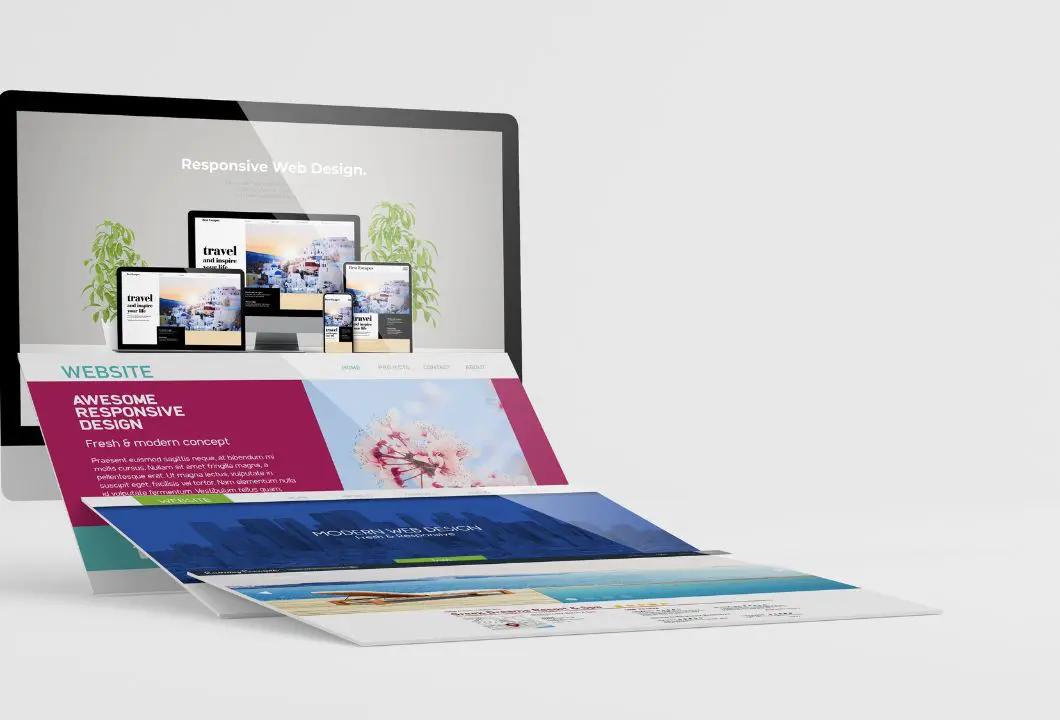
In the fast-paced world of business presentations, the right tools can make all the difference. Gone are the days of dull, uninspiring slideshows that fail to captivate an audience.
Today, it’s all about harnessing the power of PPT templates and slide design to create visually stunning presentations that leave a lasting impression. Whether you’re pitching a new idea, presenting quarterly results, or sharing insights at a conference, mastering the art of slide design can elevate your message and set you apart from the competition.
Understanding the Importance

In today’s competitive business landscape, presentations play a crucial role in conveying information, persuading stakeholders, and driving decision-making processes. However, the effectiveness of a presentation often hinges on its design and visual appeal. This is where PPT templates and slide design come into play.
Choosing the Right PPT Template
The first step in creating a captivating presentation is selecting the appropriate PPT template. With countless options available online, it’s essential to choose a template that aligns with your brand identity, content requirements, and audience preferences. A well-designed template provides a solid foundation for your presentation, saving time and ensuring consistency across slides.
Elements of Effective Slide Design

Effective slide design goes beyond aesthetics; it involves strategically organizing content to enhance comprehension and retention. Key elements include clear headings, concise bullet points, relevant images, and ample white space. By striking the right balance between text and visuals, you can convey your message effectively and keep your audience engaged.
Incorporating Visuals
Visuals are powerful tools for conveying complex information and evoking emotional responses. From charts and graphs to photographs and icons, incorporating relevant visuals can enhance understanding and retention. However, it’s essential to use visuals judiciously, ensuring they complement rather than distract from your message.
Utilizing Typography
Typography plays a significant role in shaping the visual hierarchy of your slides. By choosing appropriate fonts, font sizes, and formatting styles, you can guide your audience’s attention and emphasize key points. Avoid using too many different fonts or styles, as this can create visual clutter and detract from the overall coherence of your presentation.
Maintaining Consistency

Consistency is key to creating a professional-looking presentation. From color schemes and font choices to layout and formatting, maintaining consistency across slides reinforces your brand identity and enhances visual cohesion. Be sure to adhere to your chosen template’s design guidelines and avoid making abrupt changes that may confuse or disorient your audience.
Optimizing for Audience Engagement
Engaging your audience is essential for a successful presentation. Incorporate interactive elements such as polls, quizzes, or Q&A sessions to encourage participation and foster dialogue. Additionally, consider the preferences and expectations of your audience when selecting visuals and designing slides to ensure maximum impact and relevance.
Enhancing User Experience
User experience extends beyond the presentation itself to include factors such as accessibility and usability. Ensure that your slides are easy to read, navigate, and understand for audience members of all backgrounds and abilities. Pay attention to factors such as color contrast, font legibility, and navigation pathways to optimize the user experience.
Mobile Compatibility
With an increasing number of professionals relying on mobile devices for work-related tasks, it’s crucial to ensure that your presentations are mobile-friendly. Choose responsive PPT templates that adapt seamlessly to different screen sizes and orientations, allowing users to view your slides on smartphones and tablets without sacrificing readability or functionality.
Tracking and Analyzing Performance
After delivering your presentation, take the time to analyze its performance using analytics tools and feedback mechanisms. Track metrics such as engagement rates, time spent on each slide, and audience feedback to identify strengths and areas for improvement. Use this data to refine your future presentations and enhance their effectiveness.
Frequently Asked Questions (FAQs)
1. How do I choose the right PPT template?
Select a template that aligns with your brand identity, content needs, and audience preferences. Consider factors such as design aesthetics, layout flexibility, and compatibility with your presentation software.
2. What are some common pitfalls to avoid in slide design?
Avoid overcrowding slides with text, using illegible fonts or colors, and overusing animations or transitions. Focus on clarity, simplicity, and visual appeal to keep your audience engaged.
3. How can I make my slides more engaging?
Incorporate visually appealing graphics, relevant images, and interactive elements such as polls or quizzes. Tell compelling stories, ask thought-provoking questions, and encourage audience participation to enhance engagement.
4. What tools can I use to create professional-looking slides?
Popular tools for creating professional slides include Microsoft PowerPoint, Google Slides, Keynote, and Canva. Choose a tool that aligns with your skill level, budget, and desired features for designing impactful presentations.
5. How can I measure the effectiveness of my presentation?
Track metrics such as audience engagement, feedback, and conversion rates to gauge the effectiveness of your presentation. Use analytics tools and surveys to gather quantitative and qualitative data for evaluation.
Unlock the full potential of your presentations by mastering the art of PPT templates and slide design. With the right tools, techniques, and mindset, you can create impactful presentations that inform, inspire, and persuade your audience. So, dive in, unleash your creativity, and elevate your presentations to new heights of success!













